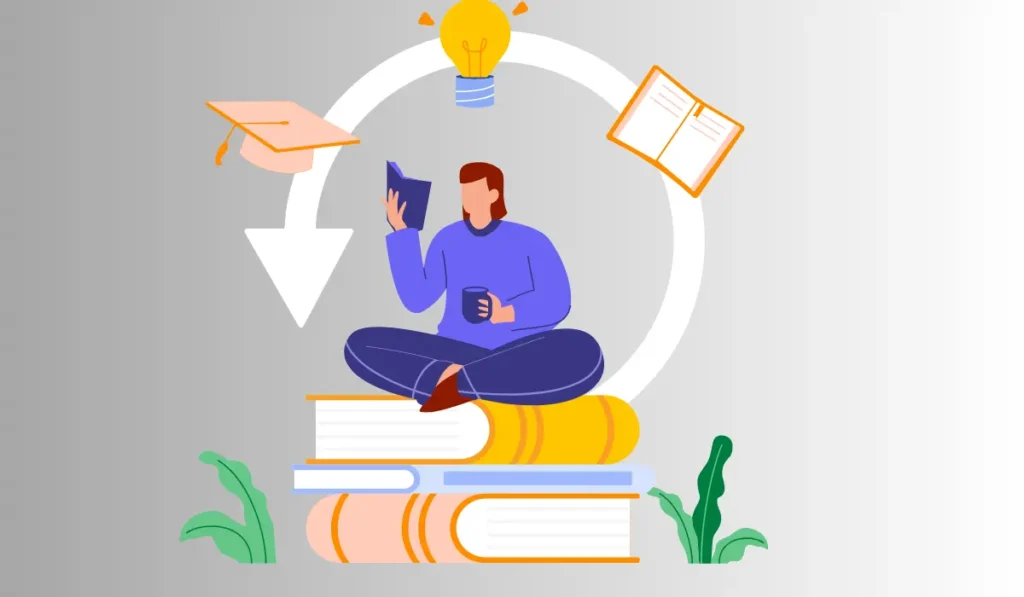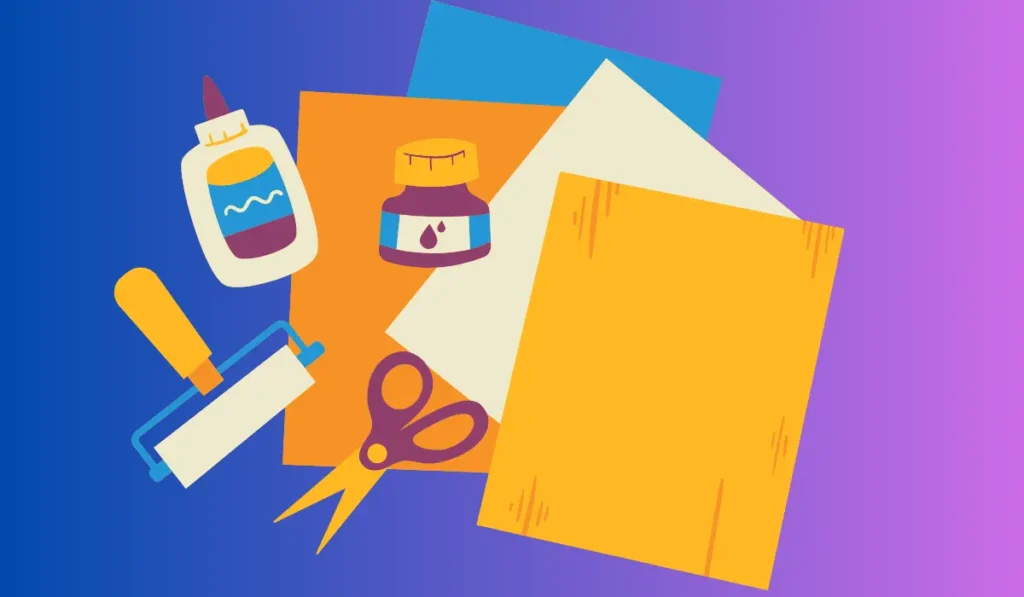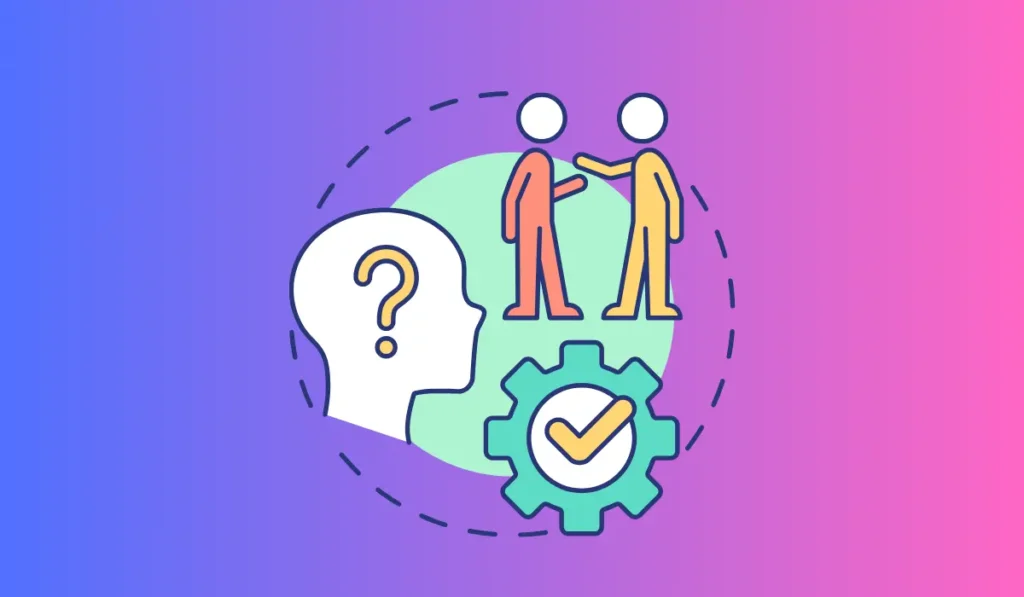Kolb’s experiential learning cycle is a four-stage model that explains how students learn through experience. The model includes concrete experience, reflective observation, abstract conceptualization, and active experimentation.
Through this cycle, learners can understand their experiences, transform their knowledge, and apply new ideas.
In this article, we will explore Kolb’s theory of experiential learning and how it can benefit individuals in their personal and professional development.
Understanding Kolb’s Model Of Experiential Learning
As human beings, we learn from our experiences. This is the idea behind Kolb’s model of experiential learning. Developed by David A. Kolb, this model explains how learners perceive, process, and remember knowledge. According to this model, learning involves a four-stage cycle that emphasizes the importance of reflection and feedback.
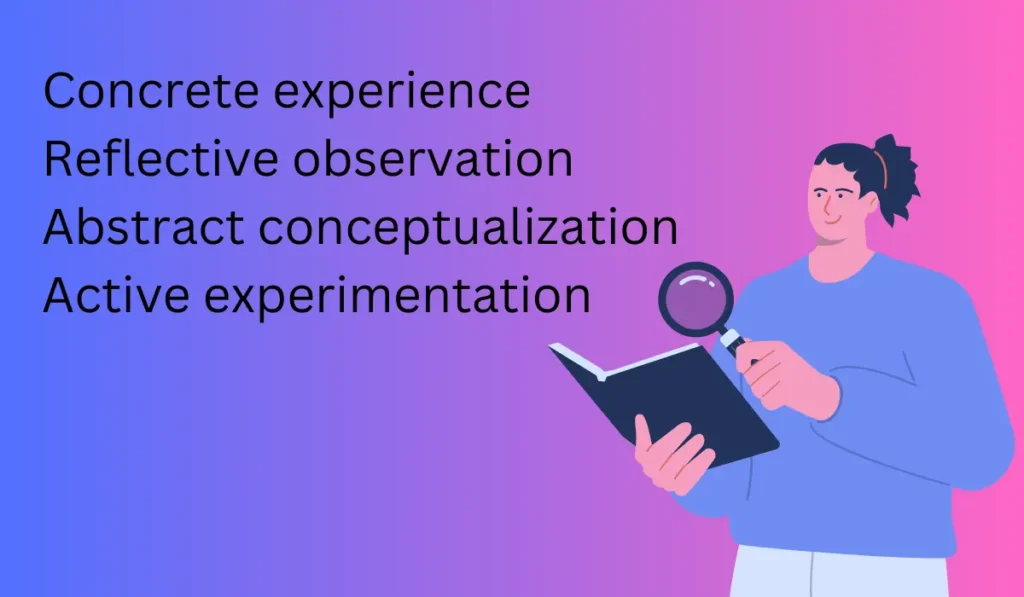
The Four Stages Of Experiential Learning
Kolb’s four stages of experiential learning are:
- Concrete experience: Learning through personal experiences, such as a situation you encounter that prompts you to learn a new skill.
- Reflective observation: Reflecting on the experience and analyzing it from multiple perspectives.
- Abstract conceptualization: Creating a hypothesis or theory based on the observed patterns of experience and reflection.
- Active experimentation: Testing the theory in new situations, gaining feedback, and adjusting the hypothesis accordingly.
The Role Of Reflection In The Learning Process
A key component of Kolb’s model of experiential learning is reflection. This stage is critical in helping learners grasp and retain new information. Reflection is essential for:
- Analyzing personal experience and identifying patterns and themes of learning.
- Making sense of new experiences and connecting them to prior knowledge.
- Synthesizing abstract concepts from experience and observation.
Reflection is not just an afterthought or a formality- it is a crucial component of the learning process.
How Kolb’s Model Differs From Other Learning Theories
An important distinction of Kolb’s model is that it emphasizes the importance of reflection and feedback. Other learning theories may place more significance on memorization or rote learning.
Kolb’s model also emphasizes learning through experience, which is particularly effective in building long-term retention of knowledge.
Kolb’s model of experiential learning is a useful framework for understanding how humans perceive and retain knowledge. By highlighting the importance of reflection and feedback, Kolb’s model helps learners understand and apply concepts in real-world situations.
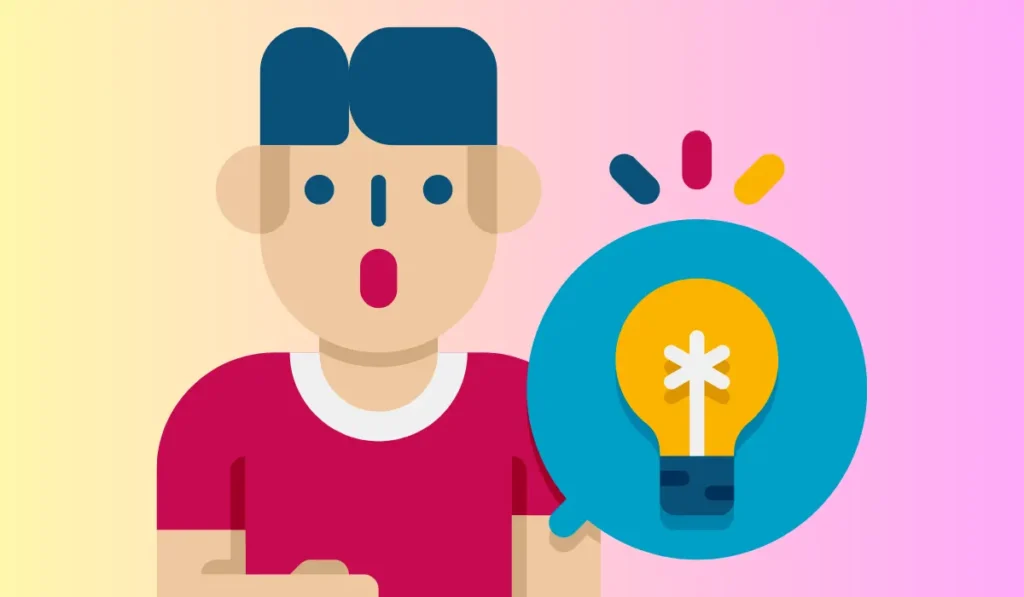
Applying Kolb’s Model To Real Life Situations
Kolb’s learning style is a model of experiential learning that has been widely adopted by educators and professionals globally. The model includes four distinct learning styles that people naturally exhibit when learning in a new context.
Applying Kolb’s model to real-life situations can help individuals understand their preferred learning style and improve their approach to personal and professional development.
Using The Model In Professional Development
Professionals can use the Kolb model to identify their learning styles and tailor their approach to professional development. Some of the key benefits of applying the model in professional development include:
- Enhancing self-awareness and self-reflection.
- Developing skills and knowledge that are critical for career growth.
- Increasing adaptability and flexibility in the workplace.
Applying The Model To Personal Growth
The Kolb model can also be used for personal growth and development. Personal growth is an ongoing process of self-awareness, self-discovery, and learning.
Applying Kolb’s model to personal growth can help individuals identify their strengths and areas of improvement, understand their behavior and emotions better, and develop new skills.
Some ways in which individuals can apply the Kolb model to personal growth are:
- Engage in self-reflection to recognize emotions, thoughts, strengths, and weaknesses.
- Identify areas that need improvement and set personal growth goals.
- Experiment with new behaviors, ideas, and skills to expand the comfort zone.
- Evaluate the outcomes and apply the newly acquired knowledge and skills to future situations.
Using Kolb’s Model To Identify And Address Gaps In Your Learning
Kolb’s model can also help you identify and address gaps in your learning. Here’s how:
- Use Kolb’s learning style inventory to identify your learning style.
- Assess your current knowledge and skills.
- Identify areas where you need to improve.
- Develop a learning plan that addresses your gaps in knowledge and skills.
By following these tips and strategies, you can enhance your learning with Kolb’s model, develop critical thinking and problem-solving skills, and gain a deeper understanding of your learning style. Happy learning!
Frequently Asked Questions
What Is Kolb’s Learning Style?
Kolb’s learning style is a theory that suggests learning occurs in four stages: concrete experience, reflective observation, abstract conceptualization, and active experimentation.
How Does Kolb’s Learning Style Work?
According to Kolb, learning is a cycle that involves four stages: experiencing concrete information, reflecting on that experience, generalizing patterns, and testing those generalizations by applying them to new situations.
What Are The Different Styles Of Kolb’s Learning Style?
Kolb’s learning style divides learners into four categories: divergers, assimilators, convergers, and accommodators. Divergers learn through concrete experiences and reflective observation; assimilators learn through abstract conceptualization and reflective observation; convergers learn through abstract conceptualization and active experimentation, and accommodators learn through concrete experiences and active experimentation.
How Can Kolb’s Learning Style Be Applied In Education?
Kolb’s learning style can be applied in education by tailoring teaching methods to a student’s preferred learning style. Educators can use different techniques to engage students in each stage of the cycle, including assignments, discussions, and projects that align with the learner’s preferred style.
Conclusion
Learning happens in several ways, and everyone has their unique style. Understanding your preferred learning style and implementing it is crucial for effective learning. Kolb’s learning style is a useful tool for this purpose, presenting a four-stage experiential learning cycle that helps learners identify their strengths and weaknesses. The cycle involves concrete experience, reflective observation, abstract conceptualization, and active experimentation. By understanding this cycle, learners get to hone their abilities and achieve their goals.
